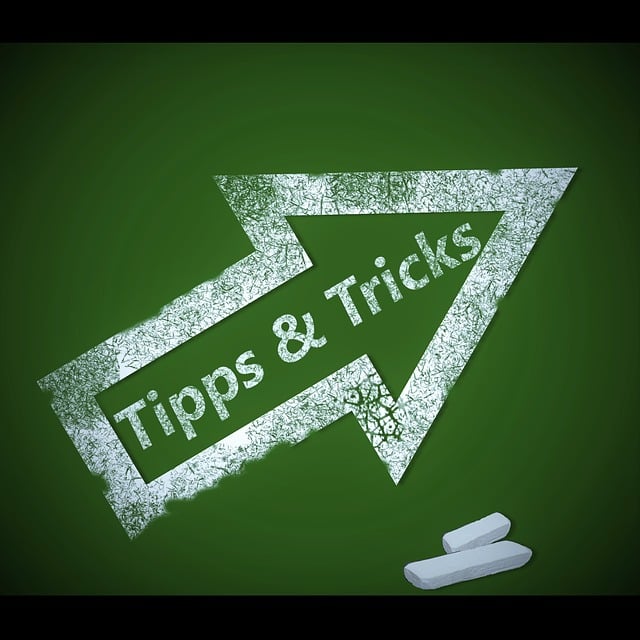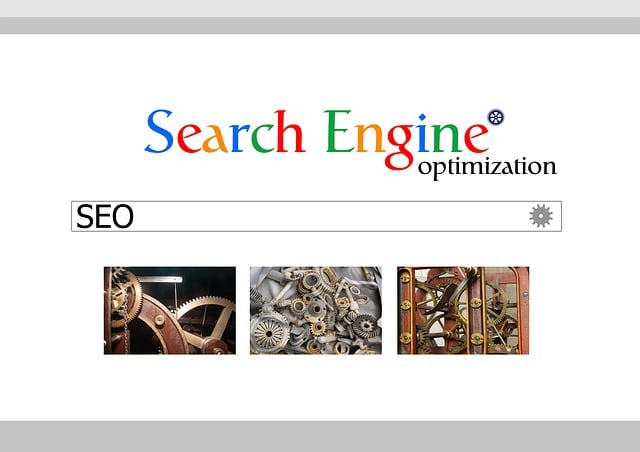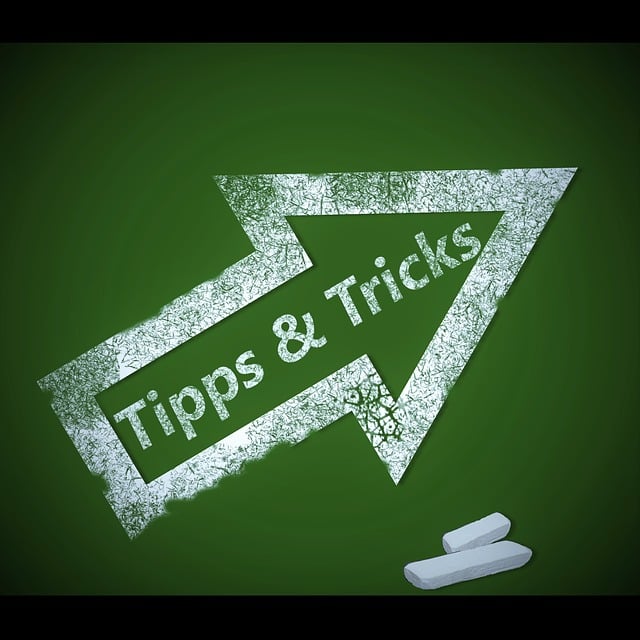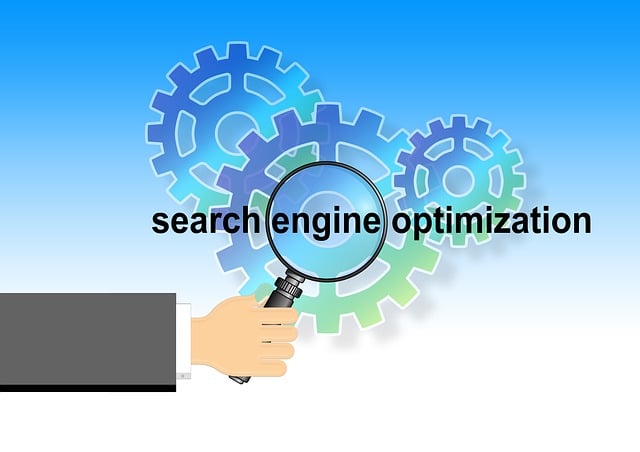On-Page SEO is a strategic approach to boost digital visibility and search engine rankings through individual web page optimization. Key tactics include keyword research and natural integration into title tags, meta descriptions, headings, and content. Other vital tips are optimizing image alt text, creating user-friendly URL structures, ensuring mobile compatibility, and HTML markup for better content structure. Mastering these SEO tips—from keyword research to engaging content creation and UX enhancement—can significantly improve search rankings by providing relevant, high-quality content that satisfies both users and search engines.
Boost your website’s visibility and attract more traffic by mastering on-page SEO. This article guides you through essential strategies to improve search engine rankings. From optimizing title tags and crafting compelling meta descriptions, to keyword research, content creation, HTML markup, image optimization, and UX considerations—each section offers actionable tips for enhancing your site’s performance. Discover how these techniques work together to make your website more searcher-friendly and rank higher in results.
Understanding On-Page SEO: The Cornerstone of Digital Visibility

On-Page SEO is a fundamental strategy that forms the very foundation of digital visibility and search engine optimization (SEO) tips for ranking higher. It involves optimizing individual web pages to rank more prominently in search engine results pages (SERPs). By implementing effective on-page tactics, you can ensure your website’s content resonates with both search engines and users, driving organic traffic and enhancing overall online performance.
The cornerstone of successful on-page SEO lies in keyword research and strategic placement. Identifying relevant keywords that align with your target audience’s search intent is crucial. These keywords should then be incorporated naturally within title tags, meta descriptions, headings (H1, H2, etc.), and throughout the content to signal to search engines what your page is about. Additionally, optimizing image alt text, creating compelling URL structures, and ensuring mobile-friendliness are essential SEO tips for improving a page’s chances of ranking higher in its respective niche or category.
Optimizing Title Tags: Crafting Compelling Headlines for Search Engines

Optimizing your website’s title tags is a powerful SEO tip that can significantly impact your rankings. Search engines use title tags as one of the primary indicators of what your webpage is about, so crafting compelling headlines that include relevant keywords is essential for SEO tips for ranking higher. A well-optimized title tag not only attracts users’ attention but also helps search engine algorithms understand and display your content accurately in search results.
When optimizing title tags, keep them concise yet descriptive, typically around 50-60 characters to ensure they’re fully visible on search result pages without truncation. Incorporate target keywords naturally while prioritizing user experience by keeping the language clear and enticing. Remember, a compelling title tag is just the first step; it should be supported by relevant and high-quality content within your webpage for optimal SEO tips for ranking higher.
Mastering Meta Descriptions: The Art of Persuading Click-Throughs

Mastering meta descriptions is a crucial SEO tip for ranking higher. These short, compelling snippets of text that appear below your URL in search engine results pages (SERPs) are often the first point of contact with potential visitors. A well-crafted meta description can significantly increase click-through rates by persuading users that your content is relevant to their query. It’s not just about enticing language; it involves a clear, concise summary of what your webpage offers, tied closely to the keywords in the search query.
Focus on keeping meta descriptions unique for each page and under 160 characters to avoid truncation. Search engines prioritize readability and relevance when determining which meta description to display. By aligning your meta description with user intent and optimizing it for target keywords, you enhance the chances of drawing more organic traffic to your site—a key component in improving overall SEO performance and achieving better rankings.
Keyword Research: Unlocking the Power of Relevant Terms

Keyword research is a fundamental step in any successful SEO strategy, and it’s where the real magic happens. By delving into relevant terms and phrases, you can unlock a world of opportunities to rank higher on search engine results pages (SERPs). Start by understanding your target audience and their language; what queries are they using when searching for products or services like yours? Tools like Google Keyword Planner or SEMrush can help uncover valuable insights. These platforms provide data on search volumes, competition levels, and even suggest related keywords to expand your initial research.
Using these tools, you can identify long-tail keywords—specific, longer phrases that are less competitive but still relevant to your niche. Incorporating these terms naturally into your content will not only improve readability but also signal to search engines that your page is highly relevant for those particular queries. Remember, the goal is to provide value and accurately represent your brand while ensuring each keyword choice aligns with your overall SEO tips for ranking higher.
Content Creation for SEO: Strategies for Engaging and Informative Text

Creating engaging content is essential among SEO tips for ranking higher. Search engines prioritize delivering valuable and relevant information to users, so crafting compelling text that satisfies both searcher intent and page relevance is paramount. To achieve this, focus on developing high-quality, unique content that offers substantial insights or solutions to your target audience’s queries. Incorporate keywords naturally throughout your copy, ensuring a balanced mix of primary and secondary keywords related to the topic at hand.
Incorporate various content formats, such as headings, lists, images, infographics, and videos, to break up text and enhance user experience. These elements not only make your pages more visually appealing but also provide additional context for search engines to better understand your content. Remember, the ultimate goal is to create content that not only ranks well but also captivates and informs readers, fostering a positive interaction that encourages longer dwell times and lower bounce rates—all factors that contribute to improved search engine rankings.
HTML Markup: Enhancing Structure with Semantic Tags

HTML Markup plays a pivotal role in SEO Tips for Ranking Higher. By incorporating semantic tags, web developers can significantly enhance the structure and meaning of web pages, making them more understandable for search engine crawlers. These tags provide context to content, indicating headings, paragraphs, lists, links, and other elements, thereby improving both accessibility and search optimization.
Semantic HTML ensures that your page’s architecture is clear, allowing search engines to accurately interpret the hierarchy of information. This results in better indexing, which can lead to higher rankings over time. Using appropriate tags like `
` for main headings, `
` for paragraphs, and `` for links not only improves crawlability but also enhances user experience, which is a key factor in modern search engine algorithms.
Image Optimization: A Visual Boost for Your Website

Image optimization is a crucial aspect of on-page SEO that often gets overlooked. When implemented correctly, it can significantly boost your website’s visual appeal and improve its search rankings. One of the primary benefits is enhancing accessibility; alt tags provide textual alternatives for users with visual impairments, ensuring your content is inclusive and easily understandable by all.
Moreover, optimizing images reduces their file size without compromising quality, leading to faster loading times. Search engines like Google consider page speed as a ranking factor, so this simple step can give your site a competitive edge. Additionally, descriptive filenames and labels make it easier for search engine crawlers to understand the context of your visuals, indirectly aiding in better SEO outcomes, ultimately helping you rank higher on search results pages.
User Experience (UX) Considerations: Making Your Site Searcher-Friendly

A fundamental aspect of on-page SEO is enhancing your site’s user experience, or UX. Search engines prioritize websites that offer a seamless and intuitive navigation journey for visitors. Ensure your site is mobile-friendly, as a growing majority of searches are conducted on smartphones. Fast loading times are also crucial; optimize images and code to reduce page load speeds. A clean, organized layout with clear calls-to-action (CTAs) guides users through the content, improving engagement metrics.
Implementing UX best practices not only satisfies search engine algorithms but also ensures your pages rank higher for relevant keywords. User satisfaction is a key signal that search engines consider when determining website authority and trustworthiness. By making your site easy to use and navigate, you’re more likely to attract and retain visitors, encouraging them to explore deeper into your content and increasing the chances of conversions or desired actions.
